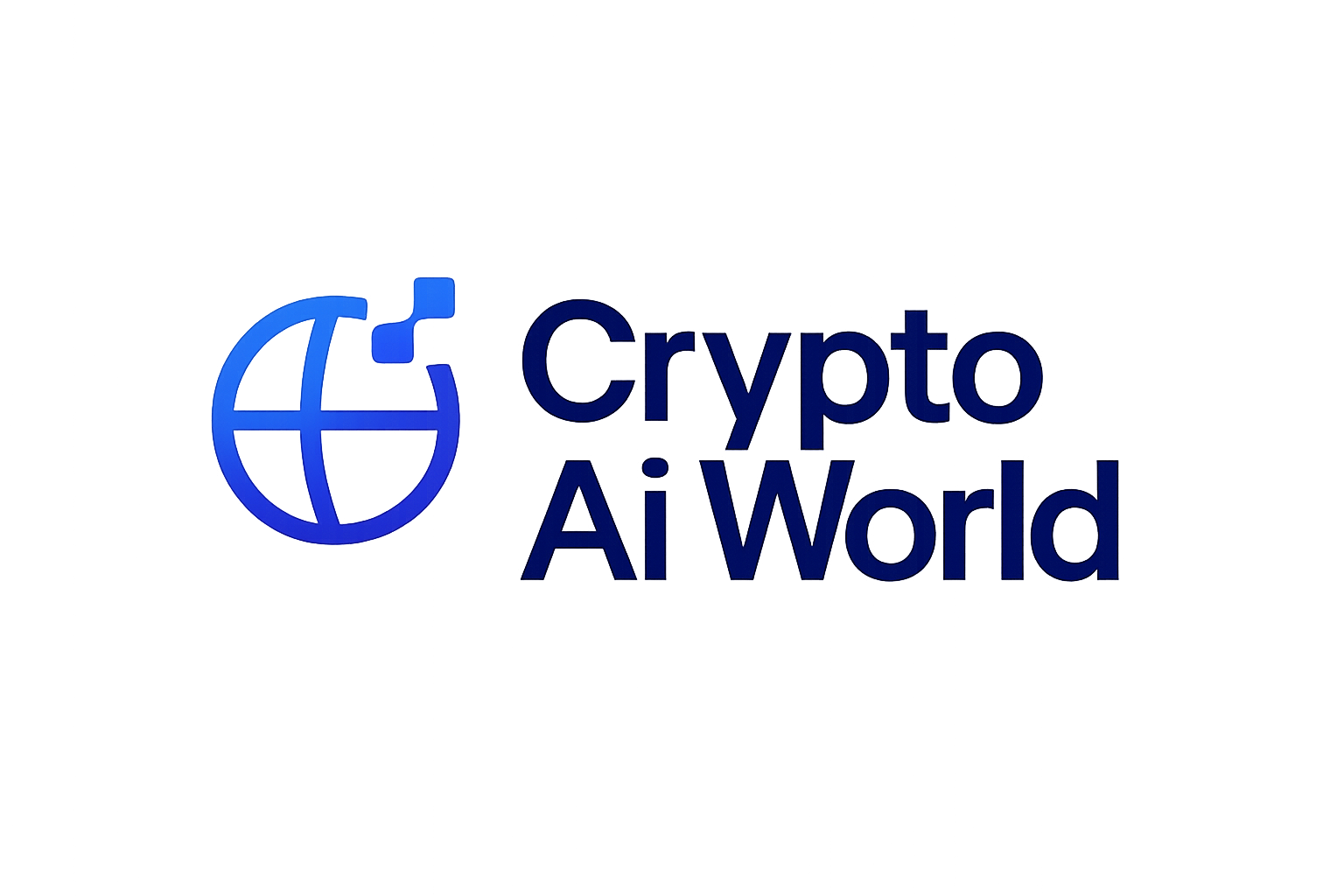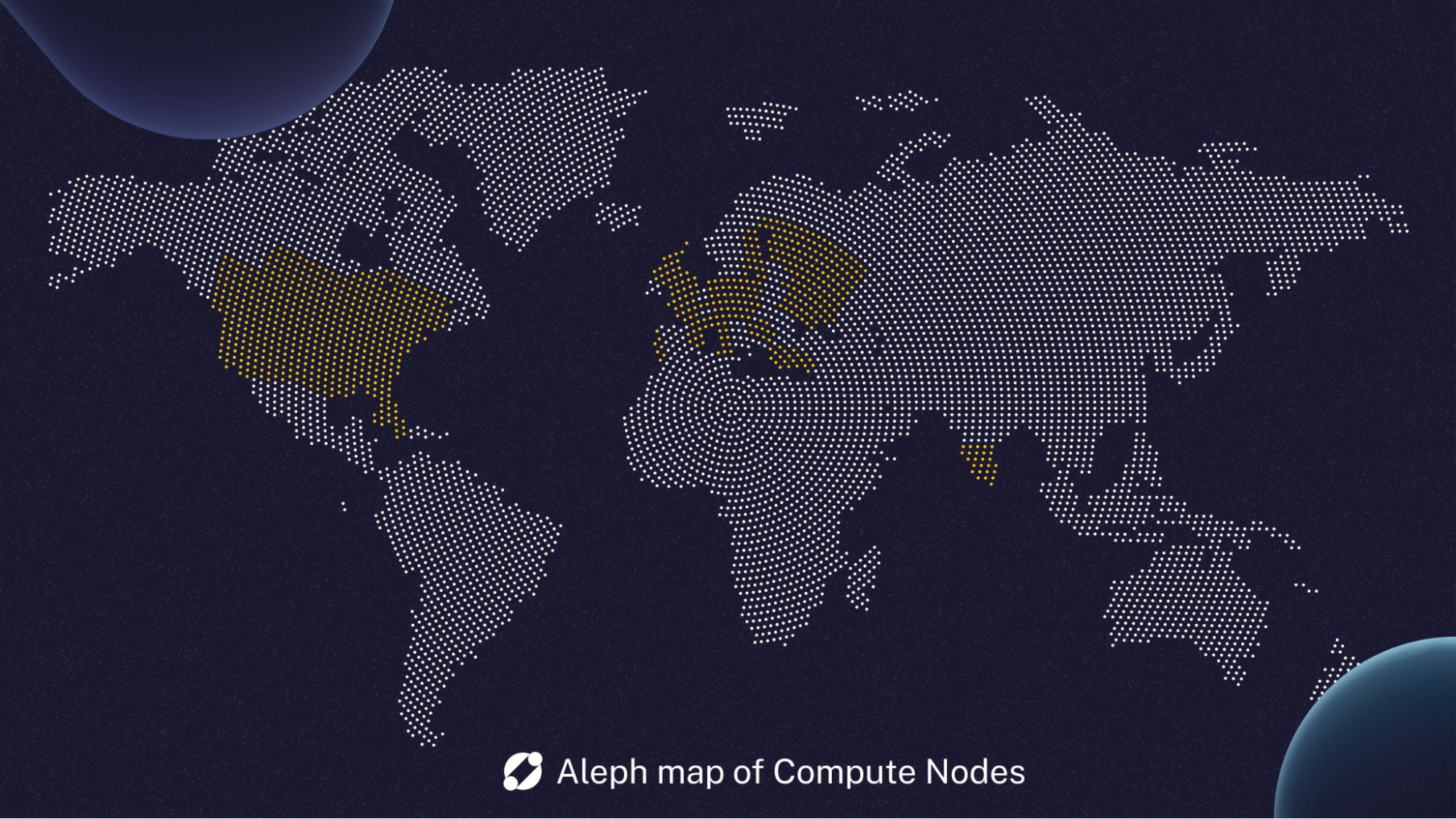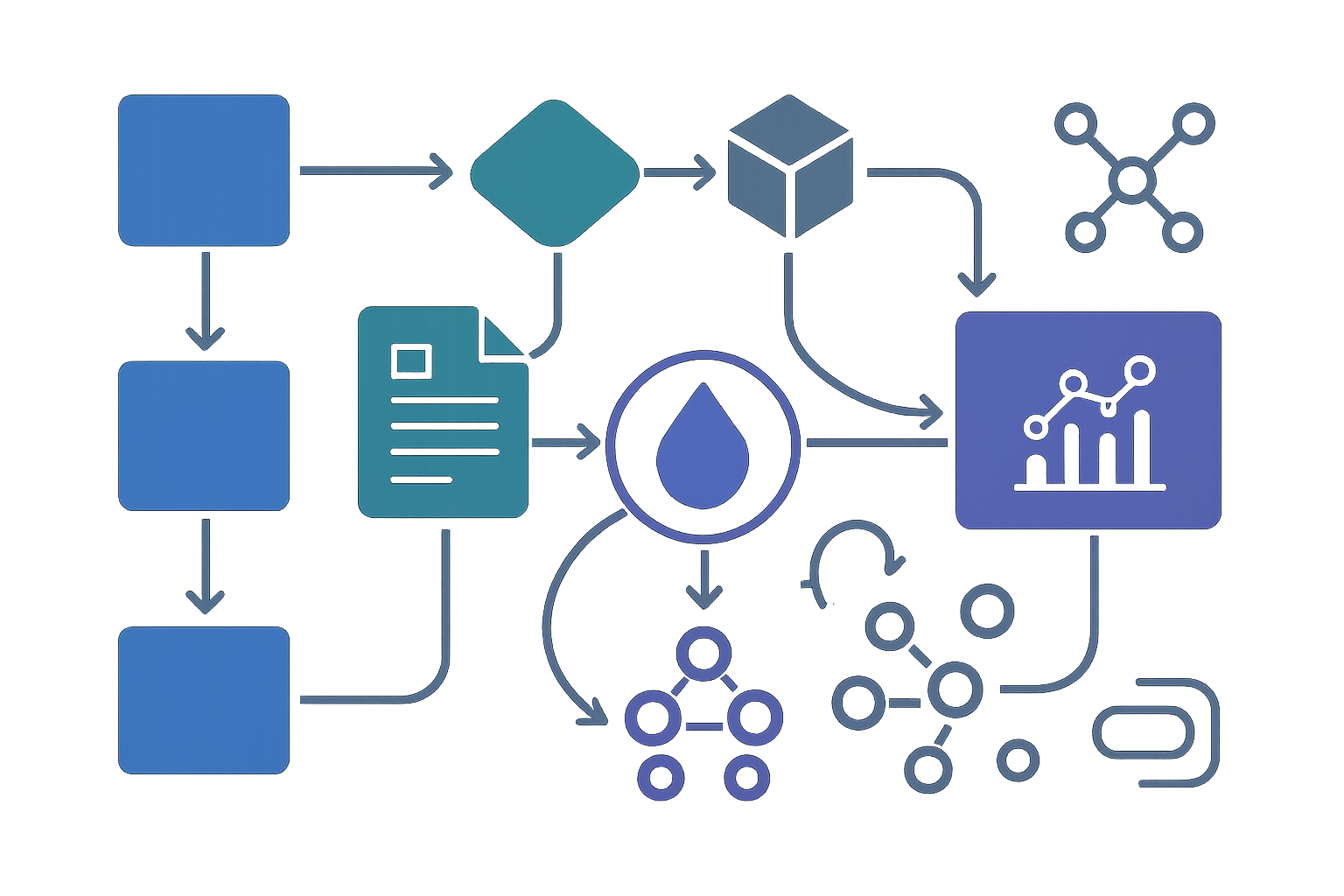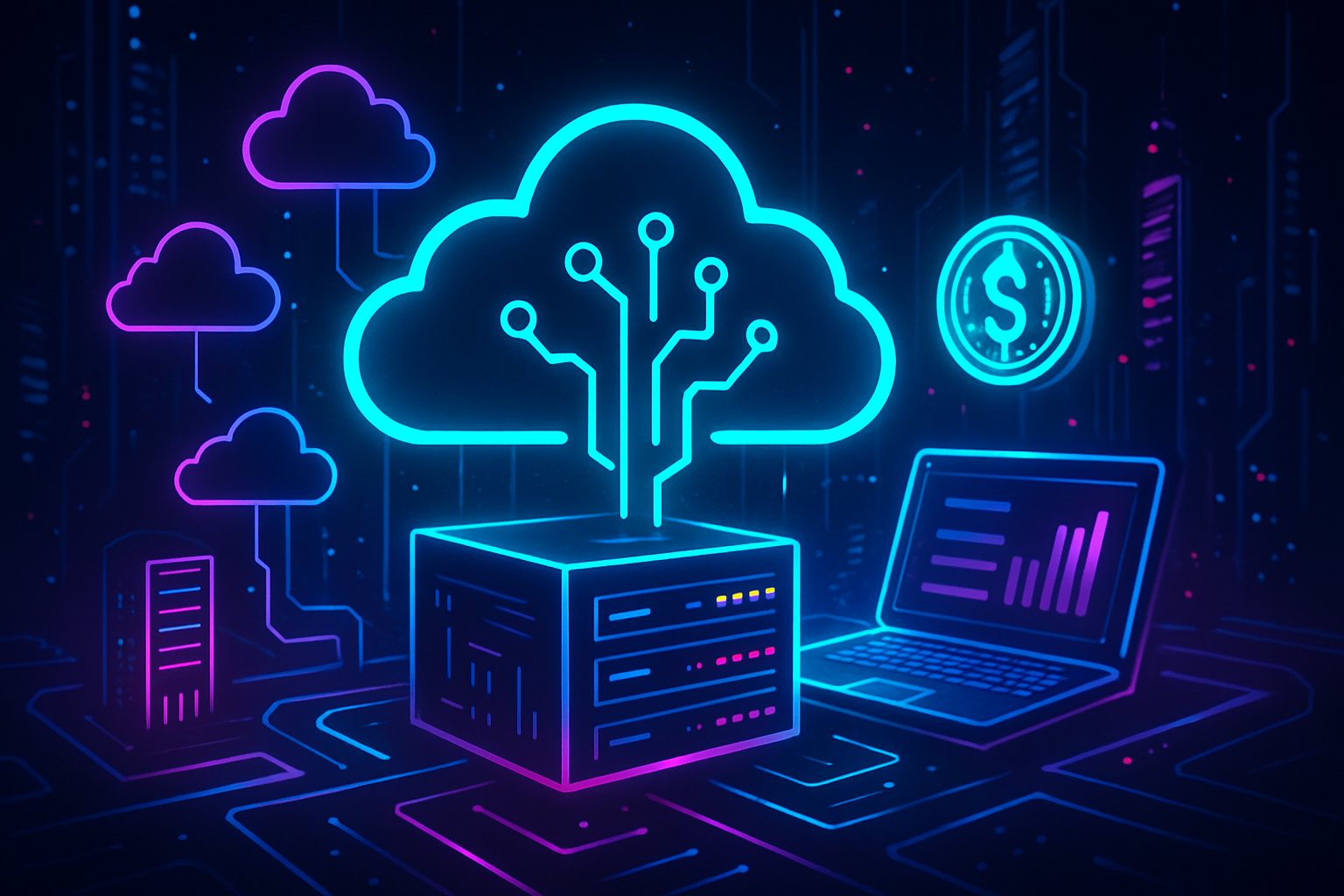
The cloud computing paradigm is undergoing a radical transformation as decentralized superclouds emerge, leveraging unused bandwidth and compute resources to deliver scalable, resilient, and cost-efficient infrastructure. Unlike traditional public clouds that concentrate power among a handful of hyperscalers, the DePIN supercloud model democratizes access to AI compute and storage by tapping into underutilized assets across the globe. This shift is not just technical – it’s economic, opening new monetization pathways for individuals and enterprises alike.

Decentralized Superclouds: Redefining Compute Economics
At the heart of the DePIN supercloud revolution is a simple but powerful idea: most internet-connected devices are idle much of the time, whether it’s spare GPU cycles in data centers or unused home broadband. By aggregating these latent resources via decentralized protocols, networks like Akash Network and IONet have built distributed marketplaces where buyers and sellers transact compute on-demand – often at up to 70% lower costs than legacy providers (see IONet’s deployment stats).
This model isn’t theoretical. Akash Network’s recently launched Supercloud provides decentralized GPU access for AI training and rendering workloads, directly challenging centralized giants both on price and flexibility (read more about Akash Supercloud). Meanwhile, Aleph. im offers a robust infrastructure stack spanning storage, computation, and cross-chain identity services – all without single points of failure (Aleph.im infrastructure details).
The Monetization Flywheel: Turning Idle Assets into Revenue Streams
One of the most compelling aspects of DePIN superclouds is their dual-sided marketplace design. On one side are resource providers – anyone from data center operators to home users with spare GPUs or fast internet connections. On the other are consumers: AI startups seeking affordable training runs, developers hosting AI agents on DePIN infrastructure, or studios needing decentralized 3D rendering at scale.
Projects like Grass Network have demonstrated how individuals can monetize otherwise wasted internet bandwidth using blockchain-based incentives. Similarly, Akash enables Supermini owners to deploy applications or machine learning workloads while selling excess compute back to the network marketplace.
Top Platforms for Monetizing Unused Compute Power
-
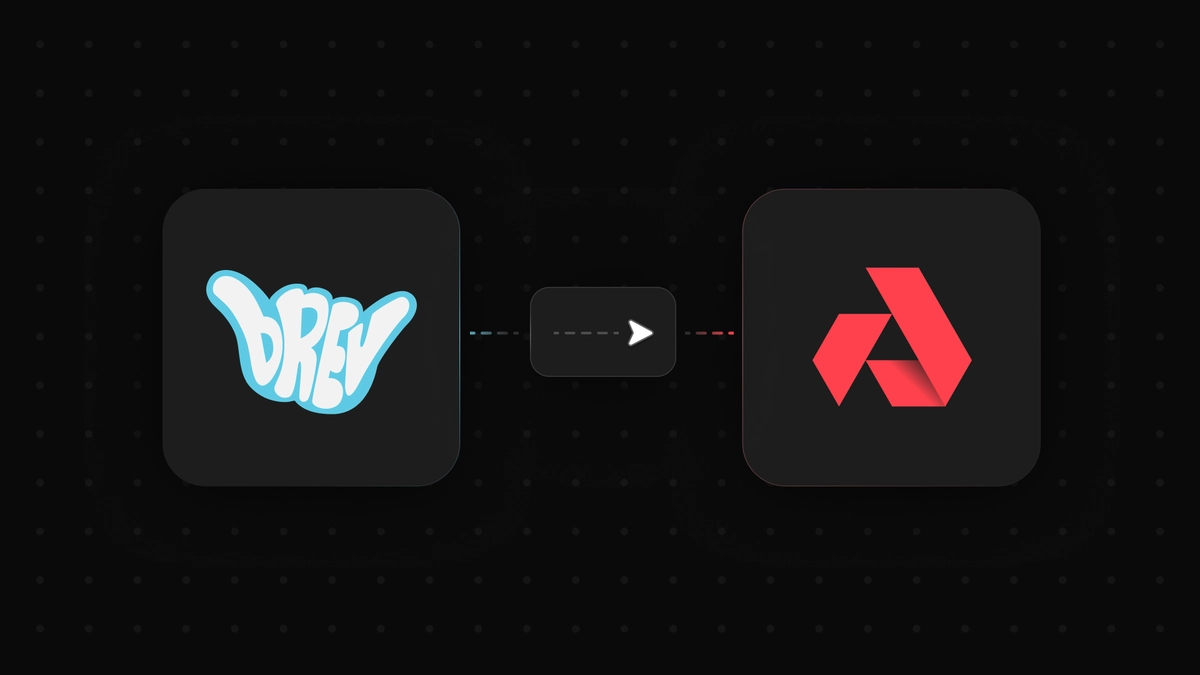
Akash Network: A leading decentralized cloud marketplace, Akash Network’s Supercloud enables individuals and data centers to monetize unused GPU and compute resources. Providers earn rewards by offering spare capacity, while users access affordable, scalable cloud services—especially for AI and rendering workloads.
-
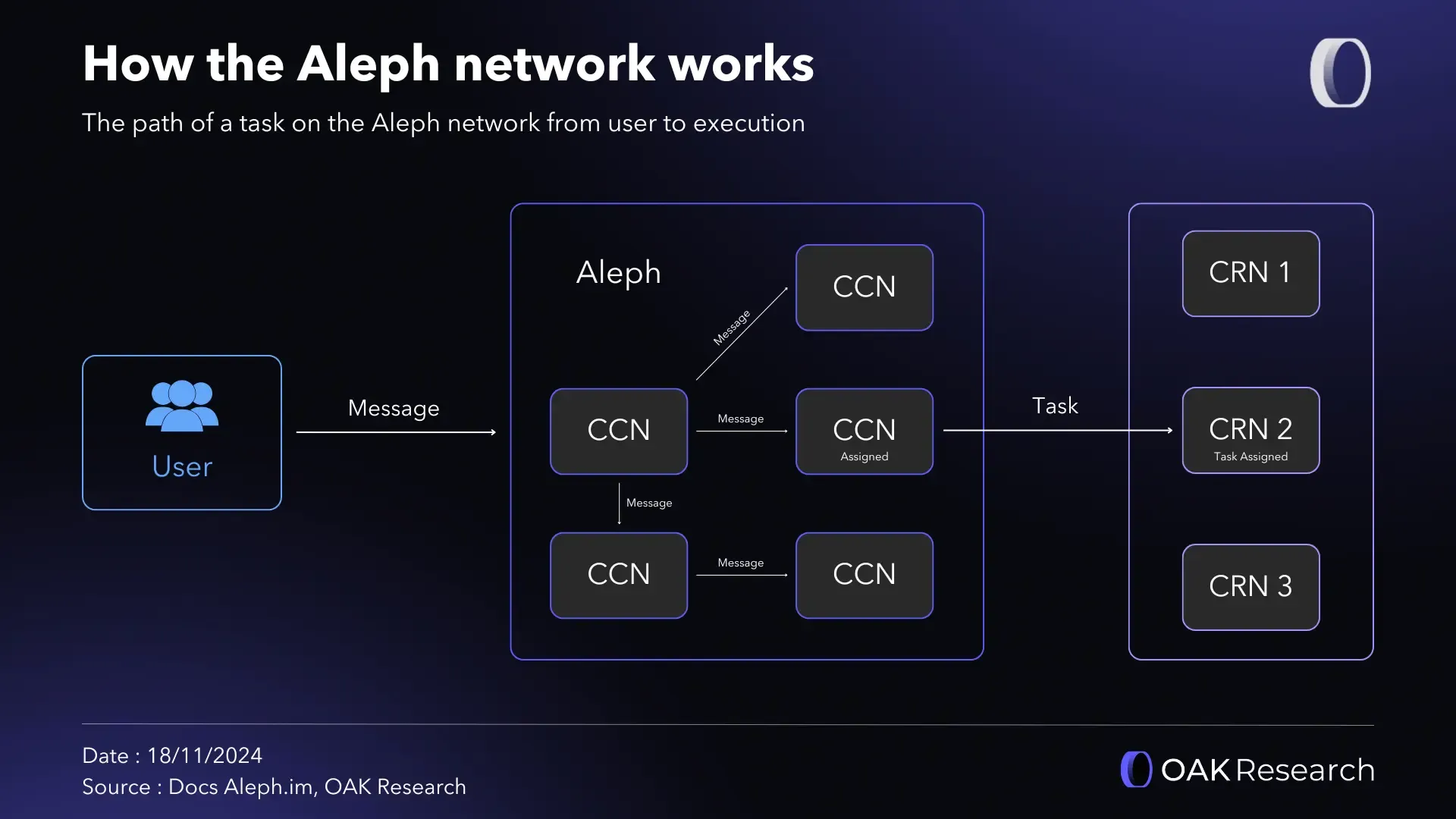
Aleph.im: Aleph.im delivers a decentralized infrastructure for cloud computing and storage. Its Compute Resource Nodes (CRNs) allow operators to contribute unused computational power and storage, earning rewards without requiring an initial token stake. The platform supports decentralized applications across multiple blockchains.
-
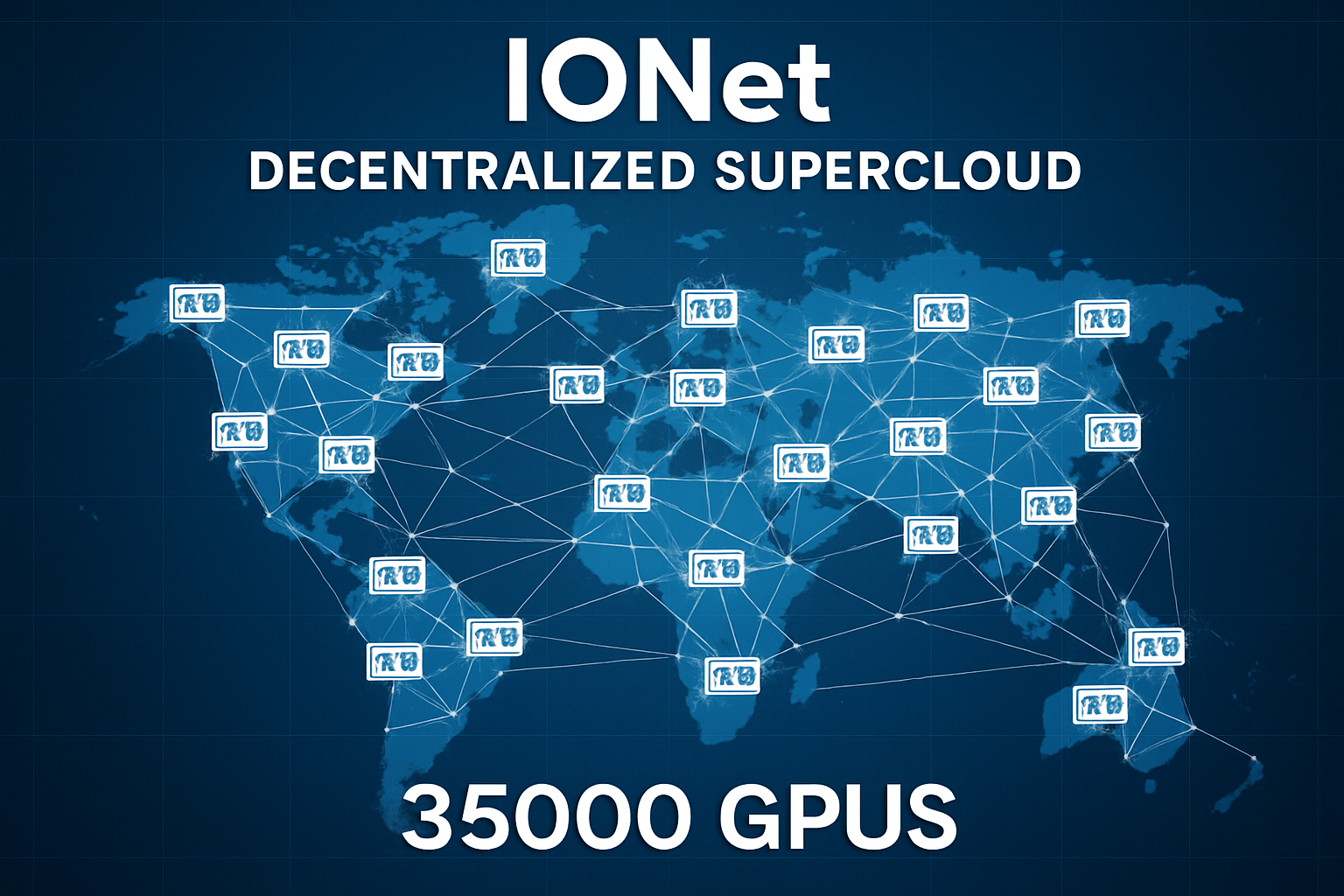
IONet: IONet operates a decentralized supercloud with over 35,000 GPUs distributed across 138+ countries. By enabling users to contribute idle GPU resources, IONet offers up to 70% lower costs than traditional cloud providers, making scalable compute power accessible for demanding AI projects.
-

Fluence: Fluence provides decentralized, cloudless virtual servers built on a network of independent compute providers. Resource contributors can monetize unused capacity, while users benefit from transparent, flat-rate pricing and the elimination of hidden fees common in traditional cloud services.
This collaborative approach creates a positive feedback loop:
- Resource providers earn rewards, offsetting hardware costs or generating passive income.
- Buyers gain access to cheaper, more flexible infrastructure, fueling innovation in AI agent hosting DePIN use cases.
- The network becomes more robust as participation grows, enhancing resilience against outages or censorship.
Ecosystem Innovation: From Bandwidth Sharing to Decentralized Rendering
The scope of DePIN superclouds extends far beyond raw computation. Peer-to-peer protocols like Ping Network allow users to share unused internet bandwidth while powering decentralized VPNs and content delivery networks (CDNs). This not only reduces costs for end-users but also enables new privacy-preserving services outside centralized control structures.
In parallel, protocols such as iLuminaryAI are pioneering ways for users to monetize both spare PC capacity and connectivity while supporting demanding workloads like AI inference or real-time rendering. The convergence of these capabilities is catalyzing entirely new markets for decentralized 3D rendering – essential for gaming studios and metaverse builders who require elastic GPU power without vendor lock-in.
What sets the DePIN supercloud ecosystem apart is its dynamic, permissionless participation. Unlike traditional cloud contracts that often require long-term commitments and opaque pricing, decentralized networks like Fluence offer transparent, flat-rate billing and on-demand provisioning. This flexibility is especially attractive for AI startups and developers who need to scale workloads rapidly without incurring hidden costs or being subject to arbitrary platform rules. For example, Fluence’s decentralized virtual servers allow developers to deploy compute-intensive applications with predictable expenses and no surprise fees (see more about Fluence’s approach).
The competitive edge of these networks is not just in cost savings. By distributing compute and bandwidth supply across thousands of independent nodes, DePIN superclouds are inherently more resilient to outages, censorship, or single points of failure. This robustness is critical for mission-critical AI agent hosting DePIN applications or decentralized 3D rendering pipelines that demand high uptime and global reach.
Challenges and amp; Opportunities: What’s Next for Unused Compute Monetization?
Despite the rapid progress, several challenges remain before DePIN superclouds can fully rival centralized incumbents at scale. Key hurdles include:
- Quality assurance: Ensuring that contributed resources meet reliability and performance standards across a heterogeneous network.
- Security: Protecting both providers and consumers from malicious actors or data breaches in an open environment.
- User experience: Simplifying onboarding so non-technical users can easily share resources or deploy workloads without deep blockchain expertise.
However, the pace of innovation is accelerating. Projects like Akash Network are rolling out improved verification mechanisms for node quality, while Aleph. im is experimenting with decentralized identity frameworks to enhance trust among participants. As token incentives align and liquidity deepens in these marketplaces, expect a surge in both supply and demand for distributed compute services.
Top Real-World Use Cases Enabled by DePIN Superclouds
-
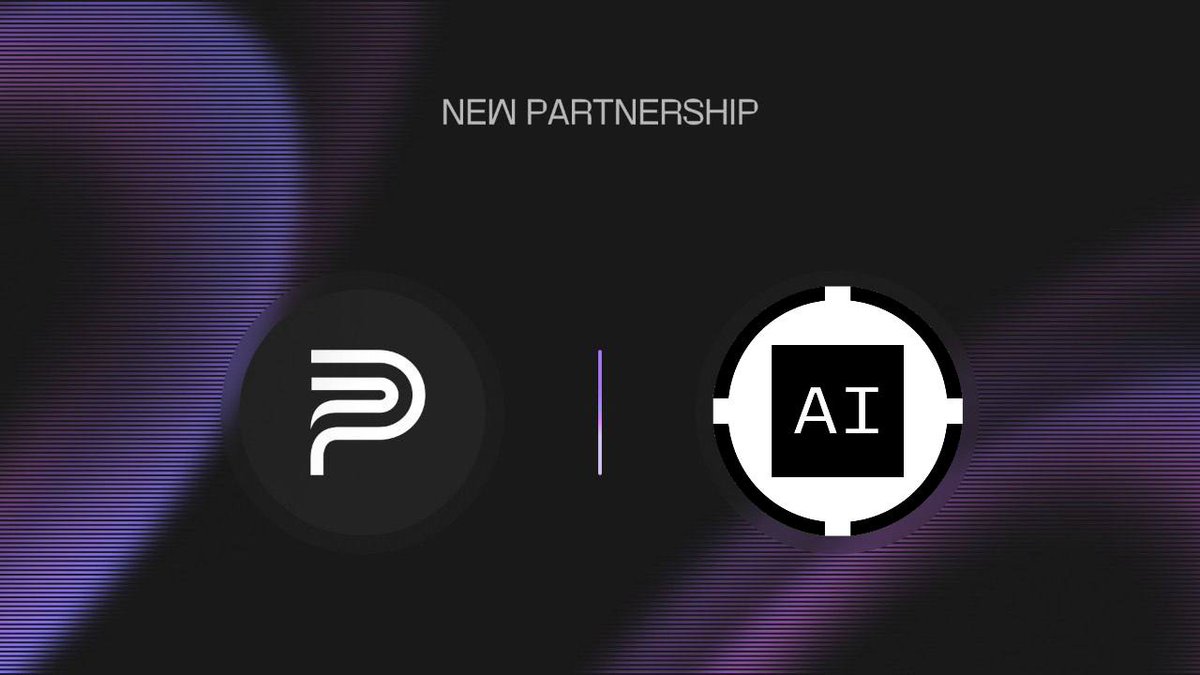
AI Agent Hosting on Decentralized GPU Networks: Platforms like Akash Network and IONet enable scalable, cost-effective AI agent hosting by tapping into distributed GPU resources, bypassing traditional cloud bottlenecks and reducing costs by up to 70%.
-
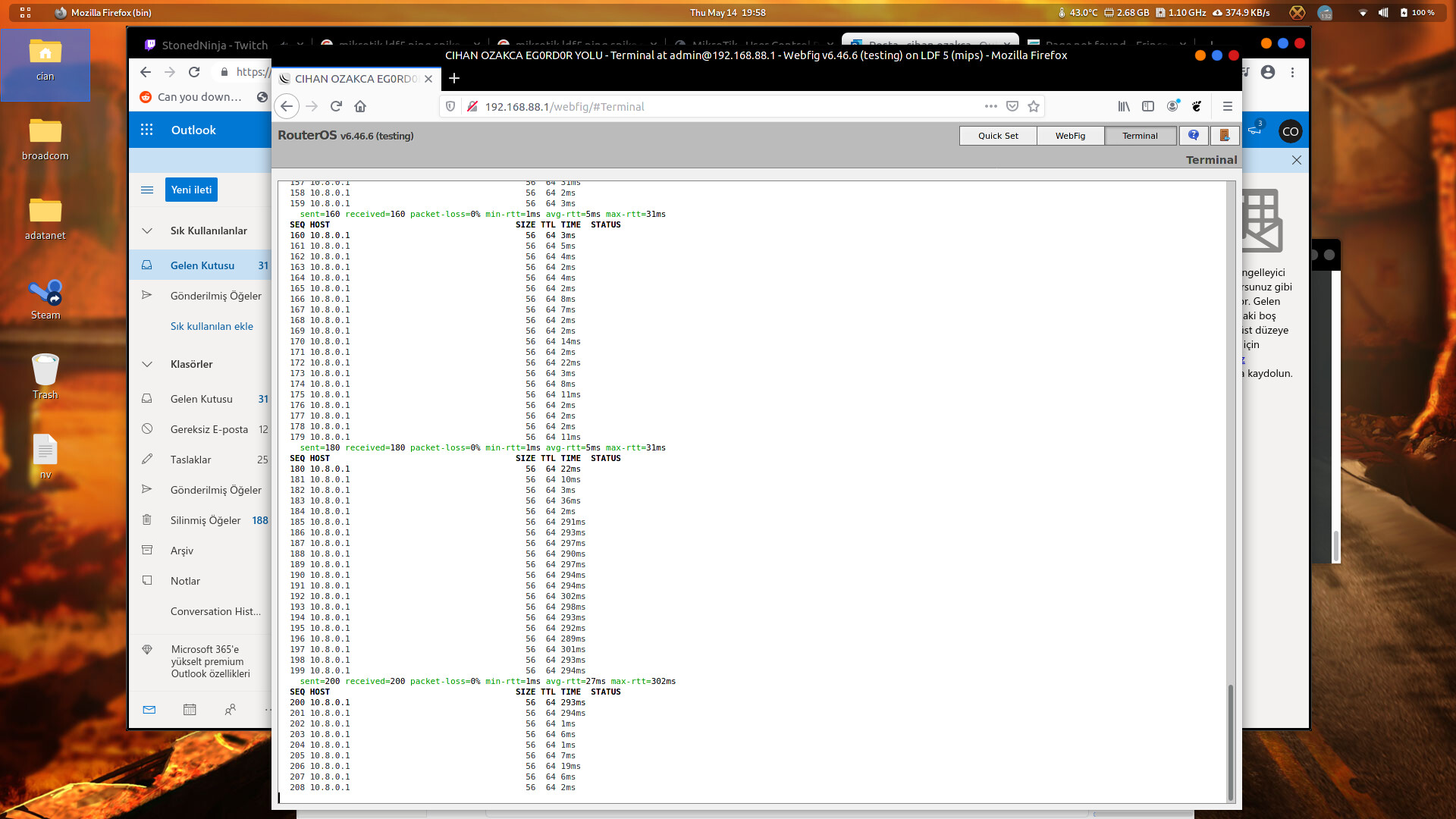
Bandwidth Sharing for Decentralized VPNs and CDNs: Projects such as Ping Network and Grass Network let users monetize unused internet bandwidth, powering decentralized VPNs, content delivery networks, and data services for enhanced privacy and global reach.
-
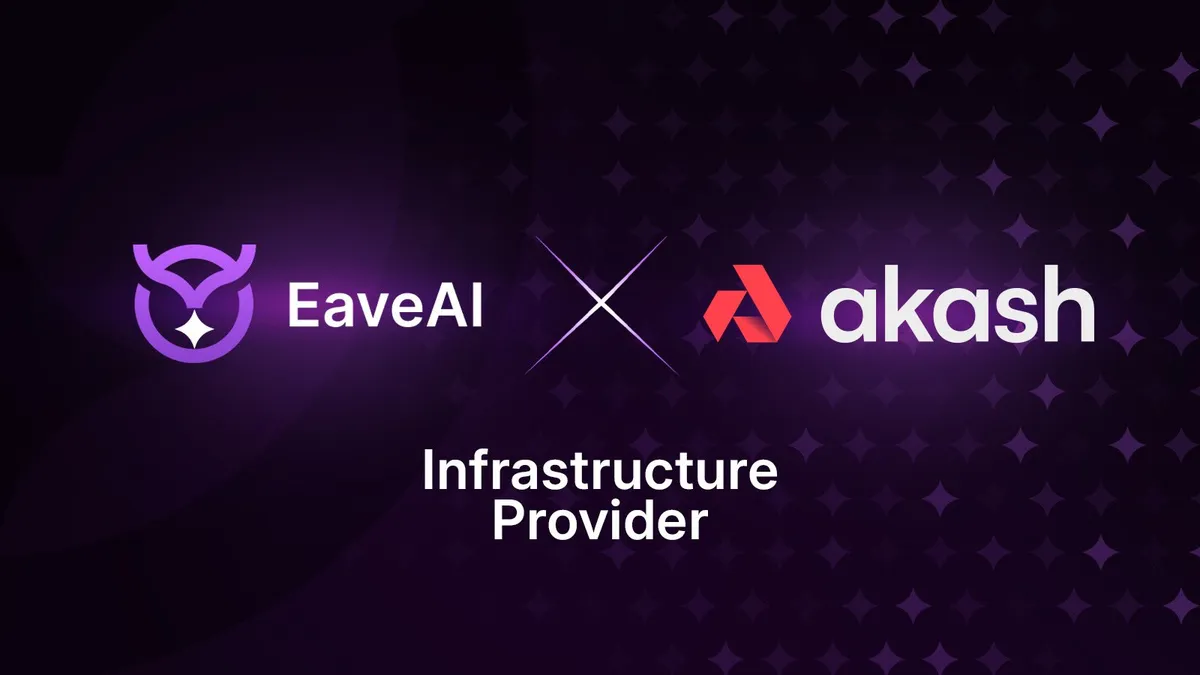
Passive Income from Sharing Spare GPUs and Compute: Individuals and organizations can earn rewards by contributing unused GPU and compute resources to networks like Akash Network and Aleph.im, transforming idle hardware into a new revenue stream within the decentralized supercloud ecosystem.
The Road Ahead: The DePIN Supercloud Era
The vision of a truly global supercloud – one where anyone can monetize unused compute or bandwidth while fueling next-gen AI and rendering workloads – is no longer science fiction. With over 35,000 GPUs already deployed via IONet at up to 70% lower cost than AWS (source), the economic incentives are already disrupting legacy models.
For innovators seeking alternatives to centralized cloud lock-in – whether you’re building scalable AI agents on DePIN infrastructure or searching for affordable decentralized 3D rendering power – the momentum behind these platforms is undeniable. As protocols mature and community adoption grows, expect even more seamless integration between resource providers and consumers across the globe.
